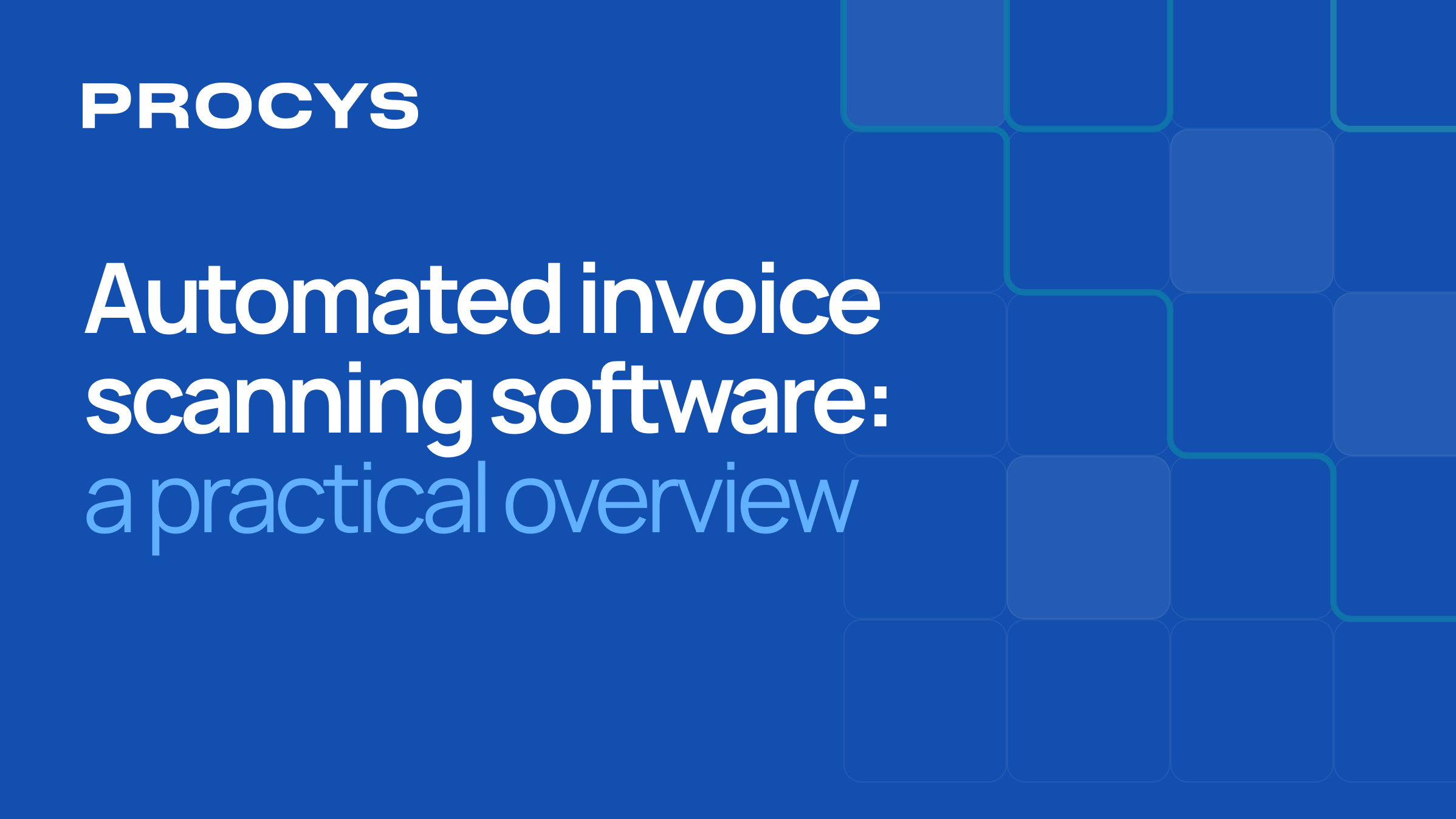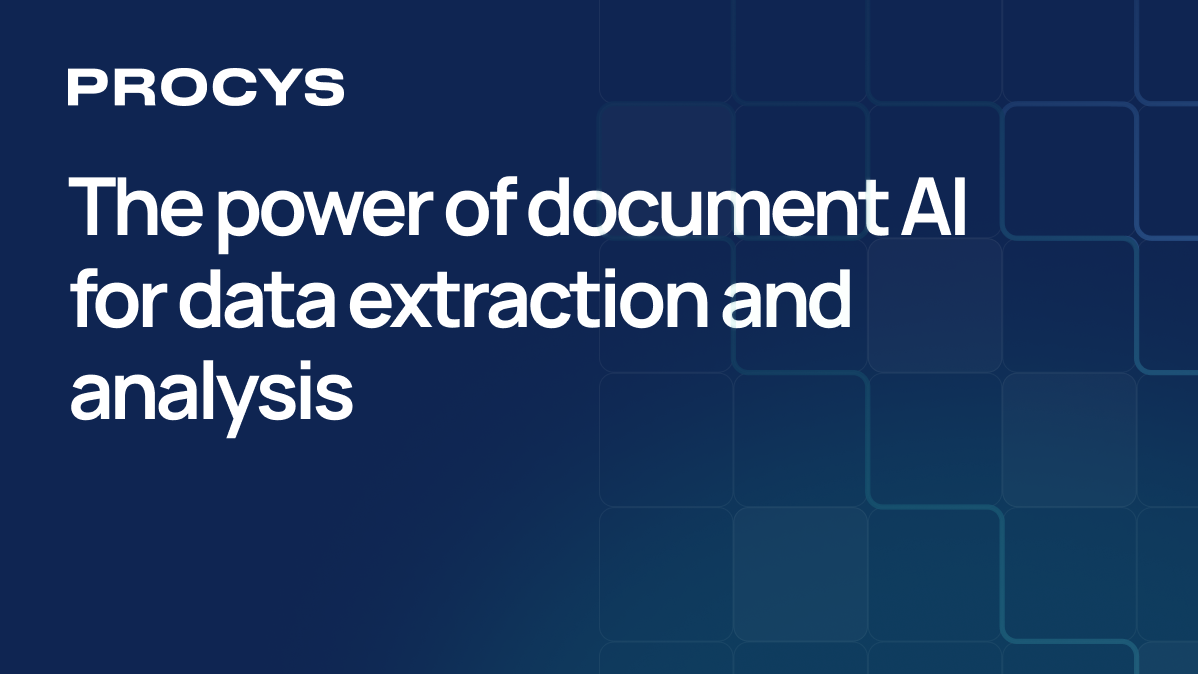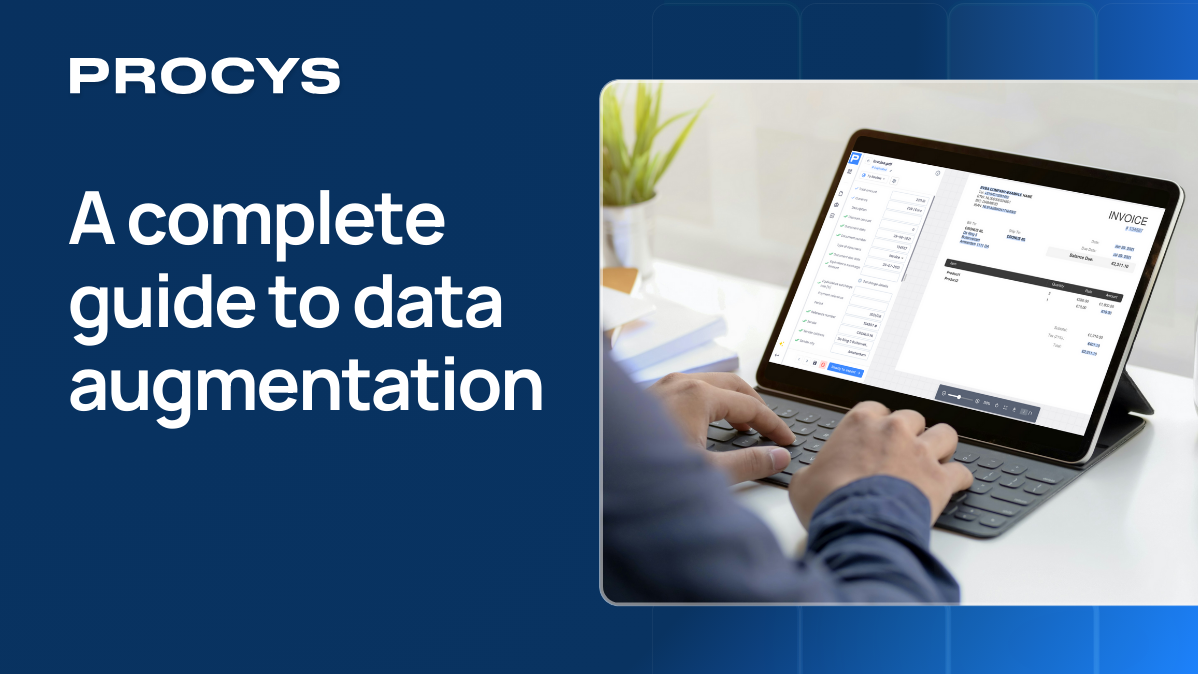The UBL (Universal Business Language) Format for electronic invoicing has gained popularity in recent years due to its numerous benefits and advantages. In this article, we will explore the reasons why using UBL invoices is recommended:
Why use UBL invoices?
There are several reasons why UBL invoices have become a preferred choice for electronic invoicing. Here are some of the main advantages:
- International Standard: The UBL Format is an internationally recognized standard developed by OASIS (Organization for the Advancement of Structured Information Standards). This means that it is widely accepted and used by organizations worldwide, facilitating interoperability between different systems and companies.
- Data Standardization: UBL electronic invoicing allows for data standardization in invoices, ensuring greater consistency and accuracy in the transmitted information. This significantly reduces errors and discrepancies in invoice processing, streamlining workflows and improving efficiency in business processes.
- Automation and Efficient Processing: The use of UBL invoices facilitates automation and efficient processing of commercial transactions. With a standardized and semantically precise data structure, computer systems can interpret and automatically process the information contained in the invoices, reducing the need for manual intervention and minimizing processing times.
- Cost Savings: UBL electronic invoicing can generate significant cost savings for companies. By eliminating the need to print, send, and store physical invoices, expenses associated with paper, printing, postal delivery, and physical storage are reduced. Additionally, the automation of invoicing processes decreases administrative costs and reduces human errors.
How many languages exist for creating an electronic invoice?
There are several languages and formats used for creating electronic invoices, although the exact number may vary depending on the standards and regulations of each country. Some of the most common languages include:
- UBL (Universal Business Language): As mentioned earlier, UBL is a widely used standard for electronic invoicing. It provides an XML (Extensible Markup Language) structure that defines the necessary elements and attributes to represent an electronic invoice in a semantically precise manner.
- EDIFACT (Electronic Data Interchange for Administration, Commerce, and Transport): EDIFACT is a standard developed by the United Nations and used in the electronic exchange of commercial data. While primarily used in logistics and international trade, it can also be used to represent electronic invoices.
- Facturae: This is the standard format used in Spain for electronic invoicing. It is based on XML and defines a specific structure for invoices.
- Factura Electrónica de México (CFDI): This is the standard format used in Mexico for electronic invoicing. It is based on XML and is required by Mexican tax authorities for all commercial transactions.
- Peppol (Pan-European Public Procurement Online): Peppol is a standard used in Europe for electronic invoicing in the public procurement sector. It provides a network that enables the exchange of electronic business documents, including invoices, between companies and government entities.
There are other languages and formats used in different countries and specific sectors. The choice of language will depend on the legal and business requirements of each region and company.
The purpose of a unified format like UBL is to standardize and unify the representation of electronic invoices, regardless of the system or software used. This facilitates the relationship between different systems and companies, promoting efficient and unambiguous information exchange.
In relation to Procys' automatic processing, the use of a unified format like UBL is essential. Procys is an automated invoice processing system that utilizes technologies such as artificial intelligence and natural language processing to interpret and extract information from electronic invoices.
The unified format provides a consistent structure and semantics, enabling Procys algorithms to analyze and automatically process invoice data. With a standardized structure, Procys systems can recognize and extract relevant elements from the invoices, such as the issuer, recipient, billed items, and amounts, without the need for human intervention.
This streamlines and simplifies invoice processing, reducing management time and minimizing errors. Additionally, by using a unified format like UBL, integration of Procys with other systems and applications is facilitated, allowing for complete automation of the invoicing and accounting workflow.
UBL electronic invoices offer numerous advantages, such as data standardization, automation and efficient processing, and cost savings. Moreover, there are various languages and formats used for creating electronic invoices, and the choice depends on the specific requirements of each country and industry. The unified format is crucial for automated invoice processing, as offered by Procys, enabling efficient and accurate management of the information contained in electronic invoices.





